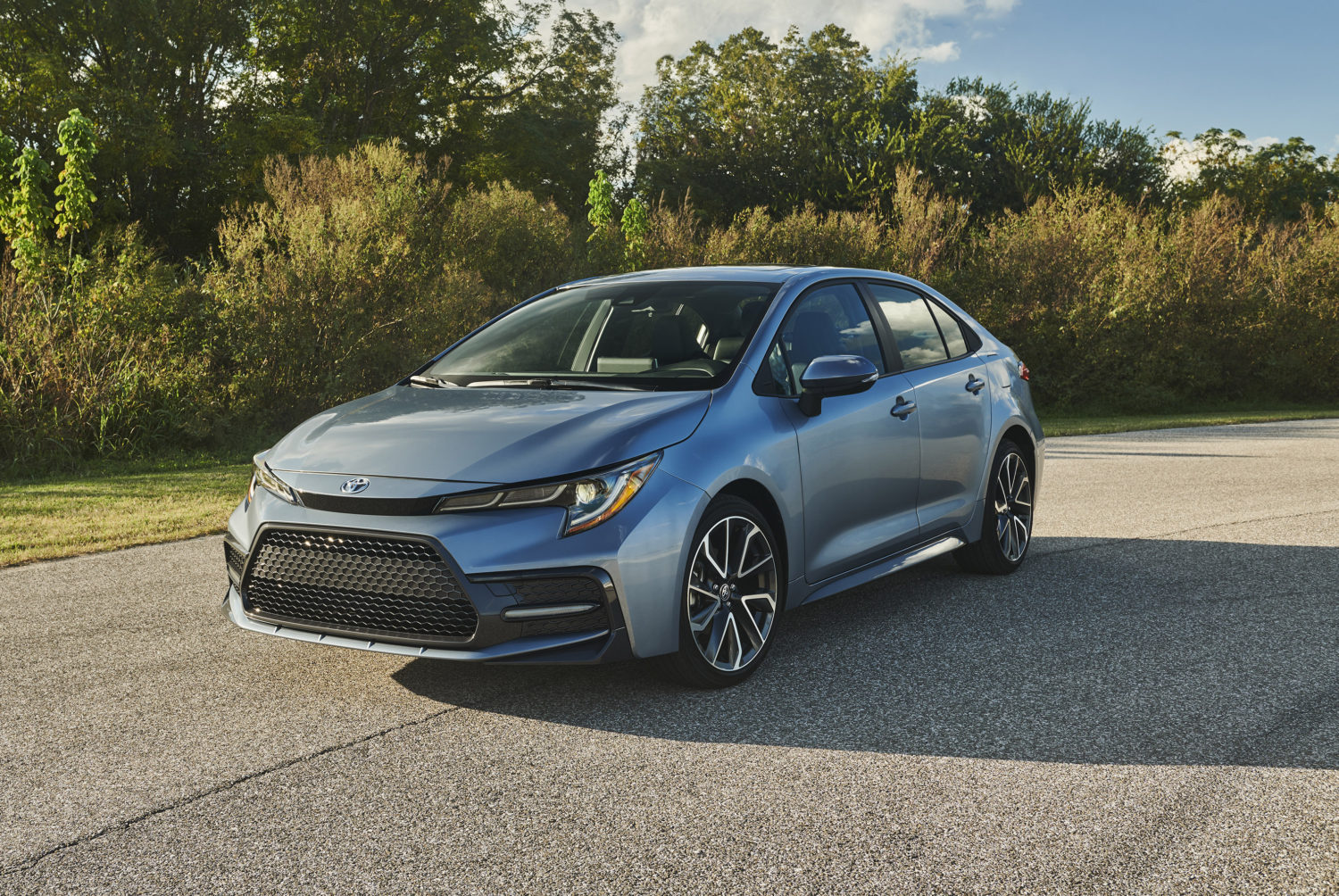Makes Way For Larger, More Frugal Corolla Hybrid
Prepare to say goodbye to Toyota’s smallest and cheapest hybrid, the Prius C. It’s being pushed aside to make way for the Corolla Hybrid, which is larger and offers better fuel economy.
Introduced in the United States for the 2012 model year, the Prius C expanded the Toyota range by offering buyers a smaller, less expensive hybrid model than the larger Prius. Power came from a 1.5-liter four-cylinder engine running on the Atkinson cycle and an electric motor with a total combined output of 99 horsepower. A minor refresh for the 2015 model tweaked the front end and added LED high beams. Another light update for 2017 changed the vehicle’s face again and made the Safety Sense-C safety suite standard equipment.

Toyota has been gradually preparing for the hatchback’s departure. US dealer stock has now dwindled to around 700 units total in recent months. That makes it easier for dealers to take in the Corolla Hybrid, which goes on sale in the spring alongside the standard sedan models.
The Corolla Hybrid is rated at 53 mpg city/52 highway/52 combined, while the Prius C returns 48 mpg city/43 highway/46 combined. Additionally, the Corolla Hybrid, using the same powertrain as the Prius, puts out 121 hp compared to the Prius C’s 99.
Toyota has yet to announce pricing for the 2020 Corolla Hybrid, but it will likely be priced similarly to the Prius C, which starts at just over $21,000. If that’s the case, one of its competitors will be the Toyota Prius, which has been drooping in sales the past three years.
Not the First Prius To Get Axed
Rememder the Prius V? No disrespect to Prius V owners, but with its awkward looking, boxy backide, this Prius is easy to forget. After arriving for the 2012 model year, the lengthened hybrid, which boasted 50 percent more interior volume than its Prius liftback sibling, disappeared from the U.S. after 2017.

The Prius V arrived as a sort of large five-door variant of the popular third-generation Prius. Indeed, the model was larger in all dimensions. The V offered more legroom and headroom, especially in the rear, and offered 34.3 cubic feet of rear cargo area. That meant a 10-cubic-foot gain over an entry-level Prius.
The downfall of the wagon-ish Prius V came as the popularity of compact crossovers soared, and America’s most popular hybrid crossover just happened to be the RAV4 Hybrid. Despite travelling nearly 10 fewer miles per gallon on the combined cycle, the RAV4 hybrid had three things even green car buyers couldn’t resist: a taller ride height, all-wheel drive and a brawnier appearance.
Related Stories You Might Enjoy—Low-End Hybrid Choices
Comparison Test: 2019 Lexus UX 200 & 250h Hybrid
Road Test: 2019 Toyota Camry Hybrid
LA Auto Show: 2020 Toyota Corolla Hybrid
LA Auto Show: 2019 Toyota Prius AWD Debuts
Road Test: 2019 Honda Insight
Road Test: 2018 Toyota RAV4 Hybrid
